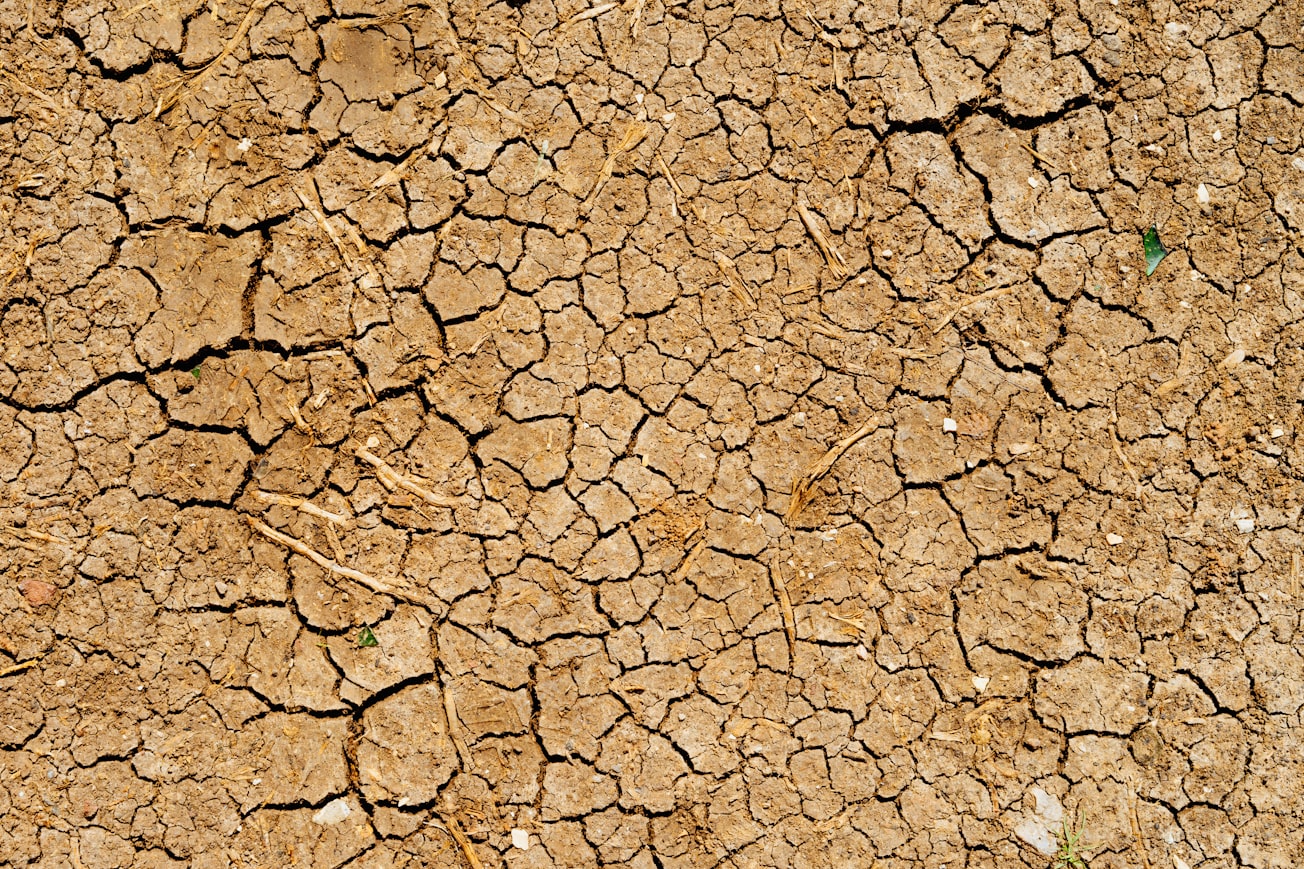What is it about?
Climate change, population explosion and desire for economic growth are highly affecting several societies and ecosystems thereby causing several natural hazards. Drought, one of the most pervasive, recurring natural hazard in all climatic zones worldwide had a significant effect on ecological environment and agricultural production. The estimation and prediction of such a natural hazard is a prerequisite in a country like India, as it has diverse climatic conditions, proliferating population, fragile ecosystems and rapidly developing industries and economies that are leading to climate change and drought disasters. Recent studies even highlighted that around 18 meteorological droughts and 16 hydrological droughts have occurred over India in the past four decades. Hence, in the current study we have proposed and tested two approaches for estimating and predicting the drought events based on pre and post-integration of drought indices using machine learning algorithms.
Featured Image

Photo by Dan Gold on Unsplash
Why is it important?
This research provides insights to the researchers for selecting (i) SPP that has the capability to detect precipitation and drought events accurately (ii) a machine learning algorithm that can be employed in any region for enhancing the drought predictions and (iii) an approach for estimating drought when machine learning algorithms are applied.
Perspectives
This research is extremely useful for regions having sparse meteorological gauging networks or ungauged basins and for the researchers, industrialists and water-budget managers for planning and developing accurate drought monitoring systems for a region or country.
Venkatesh Kolluru
University of South Dakota
Read the Original
This page is a summary of: Development and evaluation of pre and post integration techniques for enhancing drought predictions over India, International Journal of Climatology, March 2021, Wiley,
DOI: 10.1002/joc.7100.
You can read the full text:
Contributors
The following have contributed to this page










